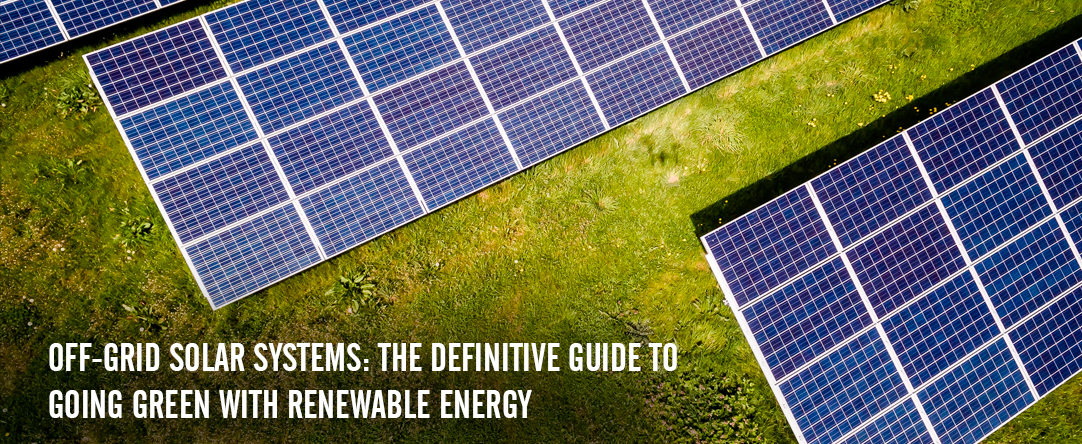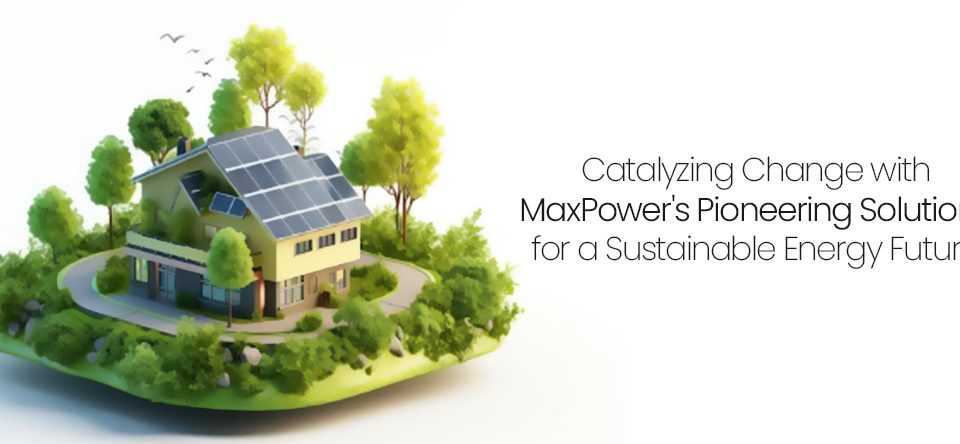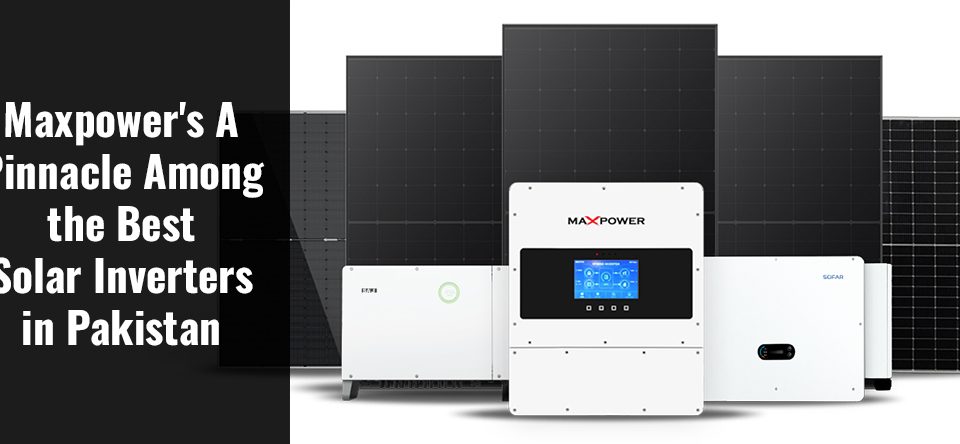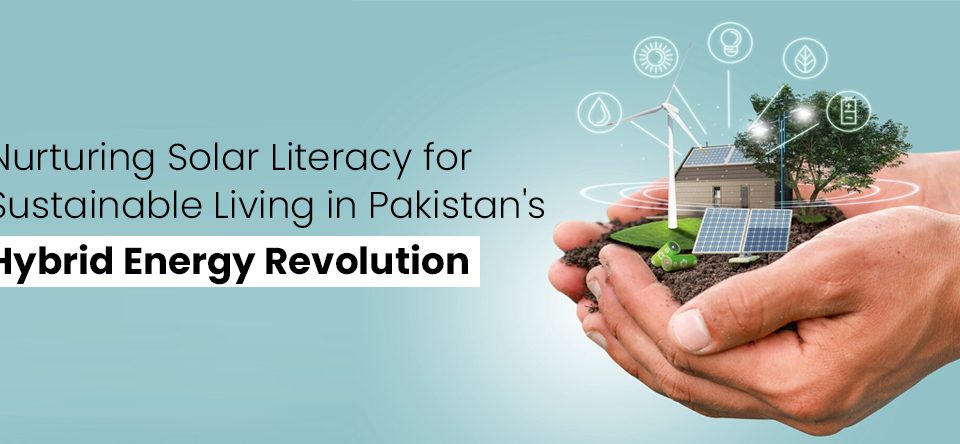
Advantages and Disadvantages of Solar Energy
September 3, 2020
A Revolutionary Solar Water Pumping Solution by Max Power That Could Change Pakistan
February 11, 2023You may be interested in investing in an off-grid solar system, but what do you need to know before taking the plunge? This blog post is here to help you make an informed decision. We’ll look at what precisely an off-grid solar system is and why it’s an excellent choice for those wanting to go green with renewable energy. We’ll also discuss cost, installation, benefits, and more! Read on to learn everything there is to know about off-grid solar systems and how they can benefit your home or business.
What is an off-grid solar system?
A photovoltaic (PV) system that runs independently of the utility grid is known as an off-grid solar system. Solar panels, one or more inverters, a battery bank, and frequently a charge controller make up a PV system. Off-grid systems are typically made to supply electricity for a particular purpose, like lighting a remote chalet or residence.
Off-grid systems are typically more expensive than grid-tied systems due to the need for additional components like batteries and sometimes a generator. However, they offer the advantage of being completely independent of the utility grid, which can be advantageous in many situations. For example, if you live in an area with unreliable or nonexistent utilities or want to be prepared for a power outage.
How to Choose the Right Off-Grid Solar System for Your Home
Choosing the right one is essential if you’re considering switching to an off-grid solar system for your home. When making your decision, keep the following in mind:
1. The size of your home:
An off-grid solar system needs to be sized appropriately for the square footage of your home. Too small and it will have enough bile to will only all of your appliances and electronics; too large and you’ll be wasting money on a system that’s bigger than you need.
2. Your energy usage:
Take a look at your energy usage habits and consider what you’ll need to power your off-grid solar system. A smaller system will suffice if you only need essential lighting and charging for small electronics. But you’ll need a more robust setup if you want to run larger appliances or even air conditioning.
3. The climate where you live:
The sunlight that hits your location dramatically affects how much power an off-grid solar system can generate. If you live in an area with long, sunny days, you’ll be able to produce more electricity than somewhere with shorter days or more cloud cover.
4. Your budget:
Obviously, the cost of an off-grid solar system will be a factor in your decision. But don’t let price be the only thing you consider – make sure you’re getting a quality product that will meet your needs.
By researching and finding the right off-grid solar system for your home, you can ensure you’re getting the most out of your investment.
Installation and Maintenance of Off-Grid Solar Systems
People are growing more and more interested in off-grid solar systems as a method to lessen their dependency on the conventional grid. However, before enjoying the benefits of renewable energy, you must install and maintain your off-grid solar system properly.
Follow these steps to install your off-grid solar system:
1. Choose the right location for your panels
You’ll want to pick a spot with plenty of sunlight during the day. If you live in a cold climate, you’ll also want to ensure that your panels are not in a shady spot that could be covered in snow or ice in winter.
2. Mount your panels on a sturdy structure
You can use brackets or straps to attach your panels to a roof, fence, or system. Ensure the mount is securely attached so your panels don’t blow away in high winds.
3. Connect your panels to an inverter
The DC power generated by your solar panels is converted into usable AC power by an inverter so that your appliances and lights may run on it. You’ll need to wire your inverter directly into your home’s electrical system.
4. Install a charge controller and battery bank
Charge controllers protect your batteries from overcharging or discharging too much power. Your solar panels’ excess energy is stored in battery banks for later use. Make sure to size your charge controller and battery bank properly.
5. Connect your appliances and lights to the inverter
Now that you have a functioning off-grid solar system, you can connect your appliances and lighting fixtures to the inverter so they will run on clean, renewable energy!
Final Thoughts
Off-grid solar systems are an excellent way to take your energy production into your own hands and start living more sustainably. With the right advice and careful research, transitioning to an off-grid lifestyle can be one of your best decisions. Off-grid technologies have come a long way in recent years, making them reliable and cost-effective. If you’re looking for ways to reduce your carbon footprint, going off the grid could be just what you need!




